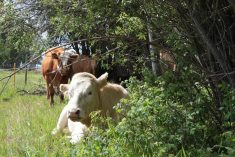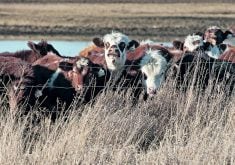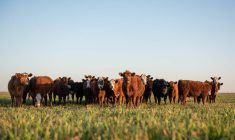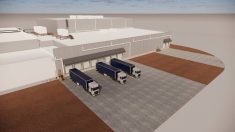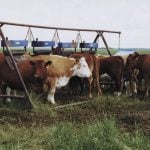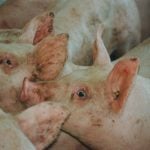All of us in cattle production need to have thermometers and take the temperature of animals we are treating, especially when it comes to respiratory disease.
Normal bovine temperature is 38.5 C to 39.5 C (or 101 F to 103 F), which is higher than for humans (or horses). While you as producers are very good at detecting sick animals, temperature in some ways defines how sick they really are.
There are many techniques being researched around early detection of respiratory disease, and many of those involve determining body temperature. This is true for very many bacterial and viral diseases that cattle get.
Read Also
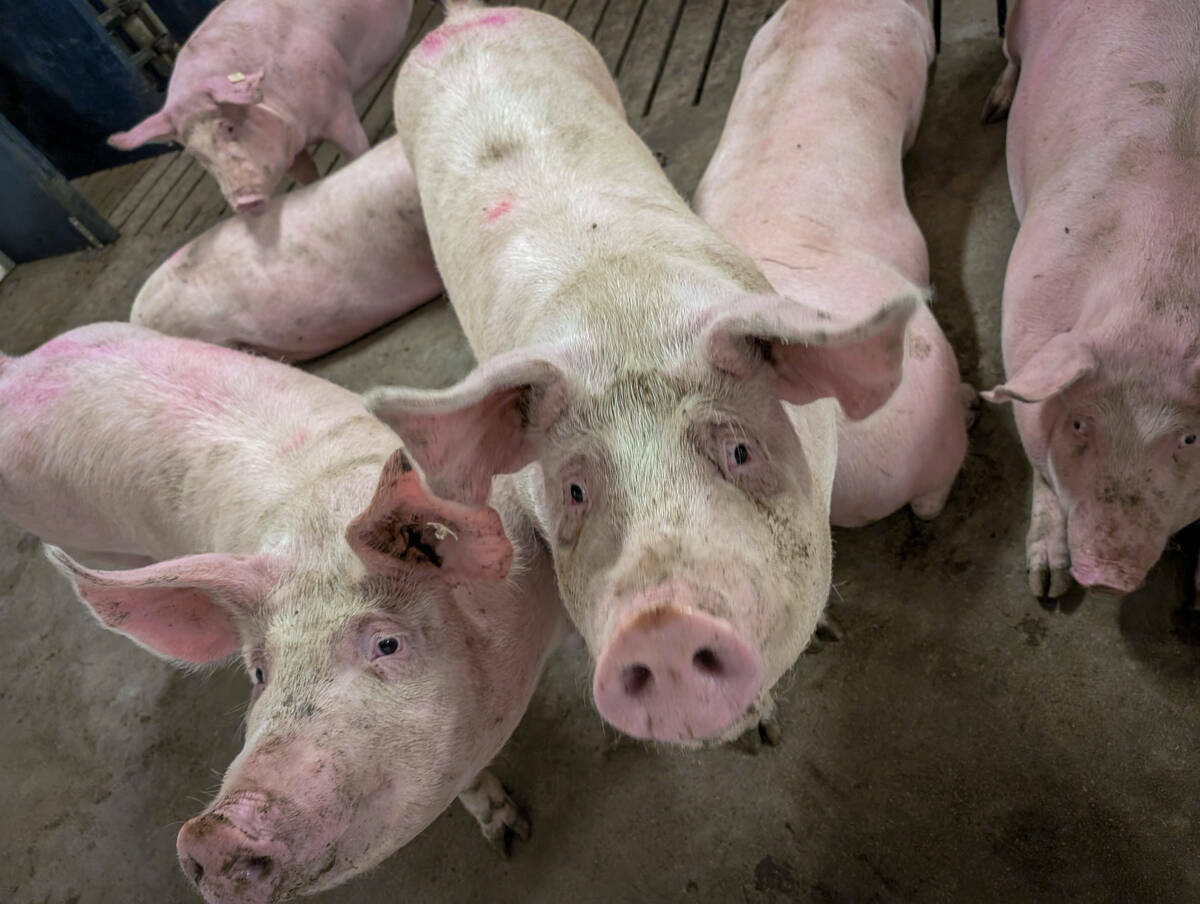
Ottawa pauses update on food from cloned livestock
Health Canada has indefinitely suspended a proposed update to the novel food policy governing foods derived from cloned cattle and swine, as well as their progeny.
Temperature increase is one of the first measurable changes and one cannot stress the importance of knowing the temperature enough. A change can indicate a positive response to treatment or a further worsening of the disease.
Devices such as rumen temperature boluses, temperature-recording ear tags, or thermography cameras may begin to make this task easier. Thermography cameras can measure inflammation but also can detect elevated temperatures around the eye as a predictor of impending body temperature increase. Internal and external temperatures can be taken of things like the scrotum or udder with these same cameras. I have even seen a presentation on a drone with thermography cameras mounted on it being able to read the temperature of animals.
All these early-detection devices are great but because of economics and technology limitations, they are somewhat impractical on a whole herd or feedlot level. And on a small scale you still can’t beat the reliable thermometer. Electronic digital ones are great in feedlots but I now use a longer soft digital thermometer that is easy to stick in and easy to read (it gives readings in Fahrenheit or Centigrade).
With show cattle, I encourage breeders to take the temperature of every animal every day in order to establish what is normal for individuals as some cattle live in the high end of normal and others in the low end of normal. Sometimes this is valuable information to know.
A lot of the pneumonic drugs either contain an NSAID (a non-steroidal anti-inflammatory drug) or are given in combination with an NSAID. In most cases you can see a temperature go back to normal in three to four hours. (Of course, you always want to tie that in with an improvement in clinical signs.)
I have found a few dud thermometers so have two, and if you’re worried about reliability check it. Batteries last a long time but they also wear out at the most inopportune times, so have a backup and carry one in your treatment kit.
Be aware that just after an animal has passed manure, it may have let in some air and you might get a false low temperature at that time. If in doubt, take it again in a few minutes. Also, if an animal looks extremely sick and is recording a normal temperature, it may be heading to a hypothermic state and essentially comatose. You have just happened to catch it dropping through the normal temperature. This is where your clinical judgment would come in.
There are times where very mild temperature increases may be brought down by NSAIDs but one must realize why the temperature is coming down. These products work so well that they can give a false sense that everything is OK.
Remember the NSAID may be taking down a temperature but if there is an infectious process it still may be brewing in the background. That is why if an animal is on antibiotics, you want to complete the recommended course of treatment with your veterinarian. Don’t cut it short, as the NSAIDs’ effects will last a few days.
Try and take the temperature on most things you treat. If the temperature is normal, you may question whether treatment with an antimicrobial is necessary. For viral infections similar to human COVID, there will be a fever but antibiotics don’t work against viruses so your veterinarian may recommend other ancillary treatments. We can always help you more if you have an accurate temperature rather than just going on a hunch and a guess.
With all the vaccines on the market, including the intranasal ones, here’s hoping sick cattle become less and less frequent on our operations. But there will still be the need for a thermometer and taking a temperature. That is why insurance exams always ask if the temperature, respiratory rate and heart rate are within normal limits.




